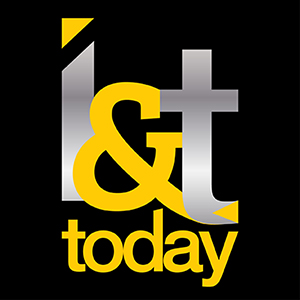In the past decade, healthcare has shifted from a one-size-fits-all approach to more personalised and patient-centred services.
The predictive, preventive, personalised and participatory (PPPP) vision of medicine is now widely accepted across many areas of research resulting in new approaches such as human digital twin technologies being developed – allowing for scenarios to be tested without risk before implementation in real-life settings.
What Are Human Digital Twins?
Human digital twins are virtual digital replicas of people that can be used to provide more personalized healthcare. These replicas are created using a variety of data sources, such as electronic health records, genomic information, imaging scans and lifestyle information from wearable technology.
By combining this data into a single virtual replica, healthcare providers can gain a much better understanding of an individual’s health and develop tailored treatments accordingly.
How the Concept of Human Digital Twins Drives Personalised Healthcare
The concept of Human Digital Twins is still relatively new but is growing in popularity, with many healthcare providers now looking at how they can utilise the technology for more personalised care.
Predictive Analytics
With the help of machine learning algorithms, these models can learn from past trends and behaviours to predict future medical outcomes with greater accuracy than traditional methods. This allows physicians to identify potential risks or issues before they become serious medical problems and take preventive measures accordingly.
Patient Engagement
Human digital twins also offer an invaluable tool for patient engagement by making it easier to track individual progress over time. Patients can access their digital twin through their smartphone or laptop to monitor their own health status on a daily basis and compare it against recommended benchmarks.
They can also see how different lifestyle choices affect their overall health picture or share their data with family members or healthcare professionals to make sure they are getting the best possible care.
Unprecedented Level of Insight
For physicians, human digital twins offer an unprecedented level of insight into each patient’s unique needs by providing detailed information about what works best for them based on previous experience and current circumstances. This data enables doctors to create targeted treatment plans that optimise patient outcomes while minimising risk factors as much as possible.
It also helps reduce trial-and-error prescribing practices because physicians have direct access to evidence-based insights about drug interactions, side effects and dosages that work best for specific individuals rather than relying on general guidelines or averages from large clinical trials.
Developing New Medical Treatments
Human Digital Twins could be used in the development of new treatments by providing real-time feedback during clinical trials so pharma companies could see how participants respond while adjusting doses or conditions as necessary.
This would save researchers valuable time and resources because they don’t have to wait until after trials are over before analysing results – they receive feedback right away, allowing them to adjust protocols swiftly if needed for better results.
Virtual Simulations
Furthermore, they also have been used in preparing surgeries – creating virtual simulations which allow physicians to plan treatments ahead of time for maximum effectiveness and safety outcomes.
Taking the Guesswork Out of Prescribing
Digital twins are revolutionising healthcare by taking the guesswork out of prescribing medications for chronic pain. Empa Research Center and the University of Bern have joined forces to create a project that uses digital twin technology: specifically, an algorithm capable of calculating optimum drug dosage based on sex, age and other variables unique to each individual patient!
In Closing
Human Digital Twins have huge potential when it comes to providing more personalised healthcare solutions by offering both patients and physicians key insights into an individual individual’s unique needs and preferences – something which is not possible with traditional methods alone.
It allows healthcare providers to take a proactive approach in predicting future medical issues in order to take preemptive measures; it gives patients more control over their own health status through daily monitoring; and finally, it offers pharma companies valuable data when developing new treatments so they can quickly adjust protocols according to mid-trial feedback if needed for better outcomes.










